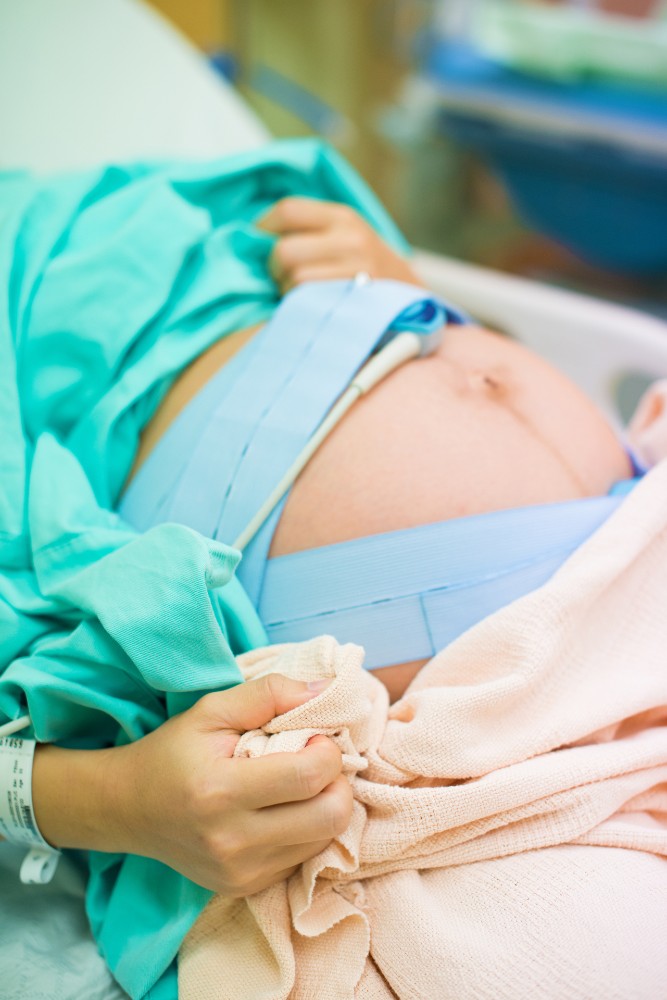
Objective: To determine risk factors and to quantify the risk of cesarean section (CS) associated with labor induction.
Method: A prospective controlled study of women admitted for labor induction with PGE2 in a single tertiary medical center. Outcome was compared with women who presented with spontaneous onset of delivery.
Results: The induction group were characterized by a higher body mass index (BMI), lower Bishop score and a higher cervical length at presentation compared with controls. Labor induction with PGE2 was associated with increased risk of CS (14.8% versus 4.5%, p = 0.02). This association persists after adjustment for potential confounders including Bishop score at presentation (OR = 2.9, 95% CI 1.03–11.8). The risk of CS was especially high for nulliparous (24.4% versus 5.1%, p = 0.02), overweight (21.2% versus 3.7%, p = 0.047), induction at <40 weeks of gestation (22.2% versus 2.2%, p = 0.004), in Bishop score <4 (18.2% versus 4.5%, p = 0.03), cervical length >25 mm (19.2% versus 4.5%, p = 0.005), or intact membranes (25.0% versus 4.5%, p = 0.02) at presentation.
Conclusions: Labor induction with PGE2 is associated with increased risk of CS. These data should be taken into consideration when deciding on labor induction, especially in the absence of clear medical indication.
